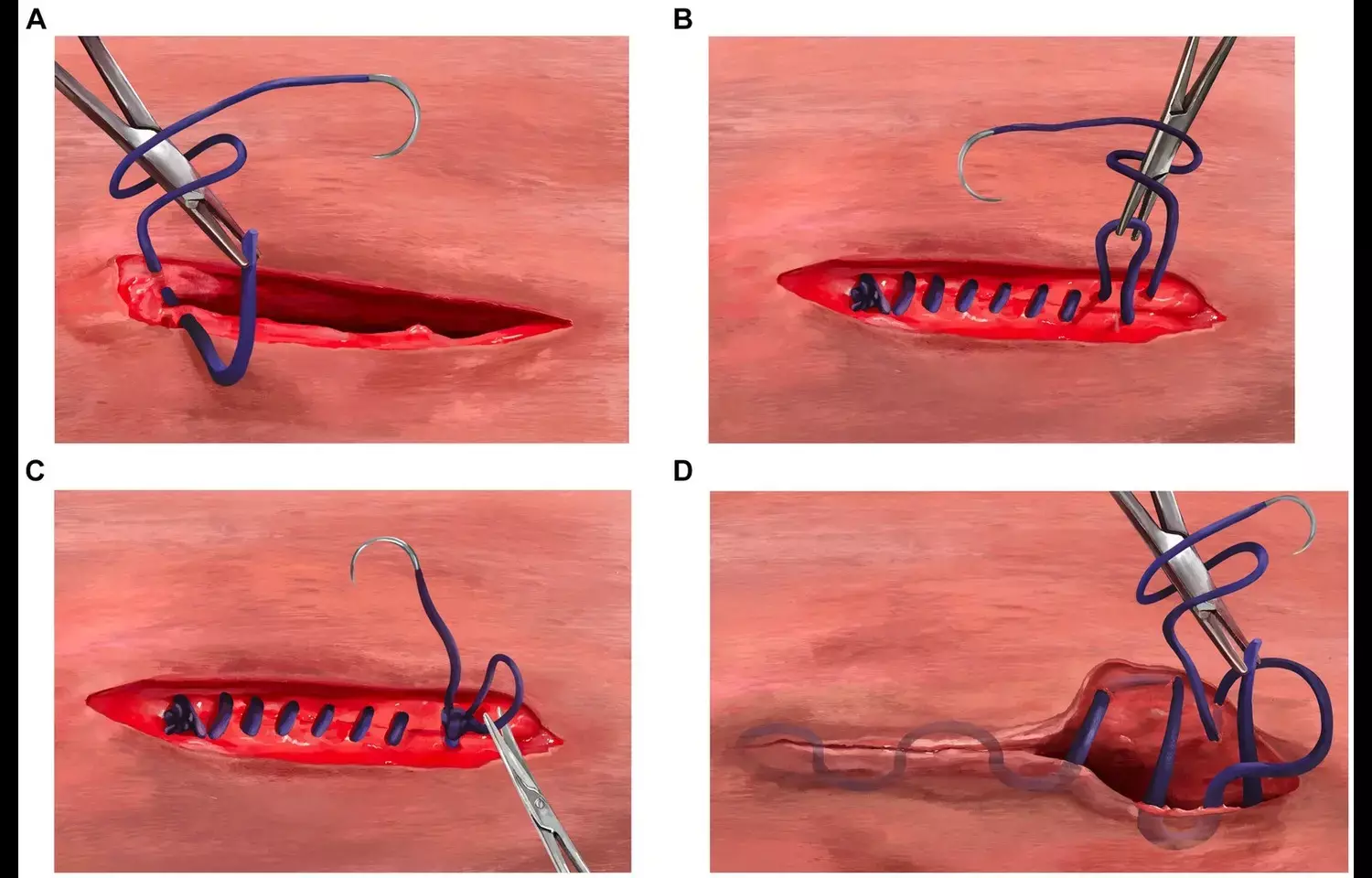- Home
- Medical news & Guidelines
- Anesthesiology
- Cardiology and CTVS
- Critical Care
- Dentistry
- Dermatology
- Diabetes and Endocrinology
- ENT
- Gastroenterology
- Medicine
- Nephrology
- Neurology
- Obstretics-Gynaecology
- Oncology
- Ophthalmology
- Orthopaedics
- Pediatrics-Neonatology
- Psychiatry
- Pulmonology
- Radiology
- Surgery
- Urology
- Laboratory Medicine
- Diet
- Nursing
- Paramedical
- Physiotherapy
- Health news
- Fact Check
- Bone Health Fact Check
- Brain Health Fact Check
- Cancer Related Fact Check
- Child Care Fact Check
- Dental and oral health fact check
- Diabetes and metabolic health fact check
- Diet and Nutrition Fact Check
- Eye and ENT Care Fact Check
- Fitness fact check
- Gut health fact check
- Heart health fact check
- Kidney health fact check
- Medical education fact check
- Men's health fact check
- Respiratory fact check
- Skin and hair care fact check
- Vaccine and Immunization fact check
- Women's health fact check
- AYUSH
- State News
- Andaman and Nicobar Islands
- Andhra Pradesh
- Arunachal Pradesh
- Assam
- Bihar
- Chandigarh
- Chattisgarh
- Dadra and Nagar Haveli
- Daman and Diu
- Delhi
- Goa
- Gujarat
- Haryana
- Himachal Pradesh
- Jammu & Kashmir
- Jharkhand
- Karnataka
- Kerala
- Ladakh
- Lakshadweep
- Madhya Pradesh
- Maharashtra
- Manipur
- Meghalaya
- Mizoram
- Nagaland
- Odisha
- Puducherry
- Punjab
- Rajasthan
- Sikkim
- Tamil Nadu
- Telangana
- Tripura
- Uttar Pradesh
- Uttrakhand
- West Bengal
- Medical Education
- Industry
Barbed Sutures Improve Laparoscopic Tubal Anastomosis Outcomes, suggests study

Researchers have found in a new study that use of barbed sutures in laparoscopic tubal anastomosis is associated with shorter operation times and improved reproductive outcomes compared to conventional sutures.
This study aimed to compare reproductive outcomes after laparoscopic tubal anastomosis using conventional (non-barbed) and barbed sutures. This retrospective cohort study was conducted at a single center between January 2016 and December 2021.
Thirty-nine women undergoing laparoscopic tubal anastomosis were divided into two groups: a non-barbed suture (5 − 0 polyglactin suture) group (16 women), and a barbed suture (5 − 0 unidirectional barbed suture) group (23 women). Demographic data, operation times, reversal operation success rates, pregnancy rates, and other factors were compared between the two groups.
Results: The mean operation time was significantly shorter in the barbed suture group (55.8 ± 7.33 min) than in the non-barbed suture group (108.7 ± 17.27 min) (p = 0.001). The overall pregnancy rate was significantly higher in the barbed suture group (87%) than in the non-barbed suture group (56.3%) (p = 0.037). The rate of intrauterine pregnancy was also significantly higher in the barbed suture group (p = 0.041). The intervals between surgery and pregnancy did not differ significantly between the two groups.
The use of barbed sutures in laparoscopic tubal anastomosis can result in shorter operation times and better reproductive outcomes than the use of conventional sutures.
Reference:
Karadag, C., Karadag, B. Comparison of reproductive outcomes after laparoscopic tubal anastomosis using conventional (non-barbed) sutures and barbed sutures. BMC Surg 25, 301 (2025). https://doi.org/10.1186/s12893-025-03043-z
Dr. Shravani Dali has completed her BDS from Pravara institute of medical sciences, loni. Following which she extensively worked in the healthcare sector for 2+ years. She has been actively involved in writing blogs in field of health and wellness. Currently she is pursuing her Masters of public health-health administration from Tata institute of social sciences. She can be contacted at editorial@medicaldialogues.in.
Dr Kamal Kant Kohli-MBBS, DTCD- a chest specialist with more than 30 years of practice and a flair for writing clinical articles, Dr Kamal Kant Kohli joined Medical Dialogues as a Chief Editor of Medical News. Besides writing articles, as an editor, he proofreads and verifies all the medical content published on Medical Dialogues including those coming from journals, studies,medical conferences,guidelines etc. Email: drkohli@medicaldialogues.in. Contact no. 011-43720751


